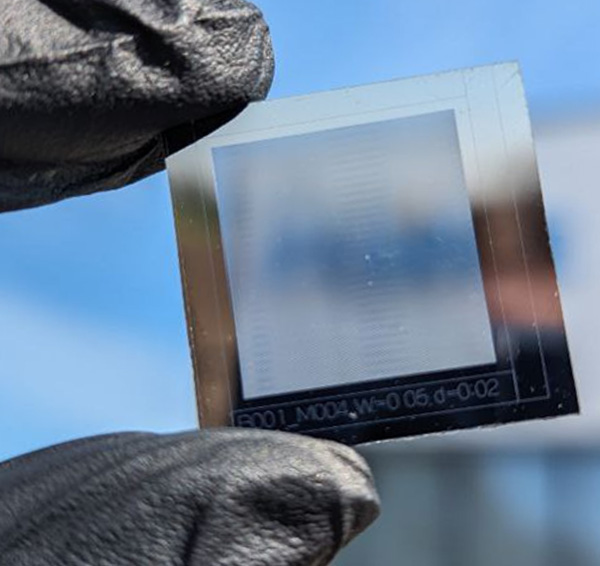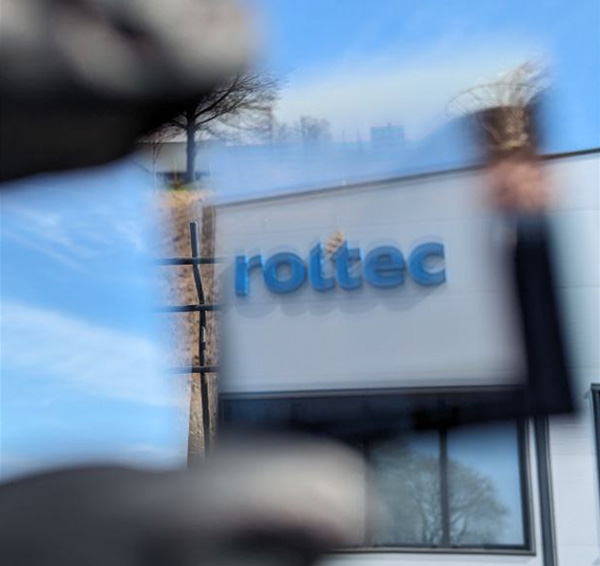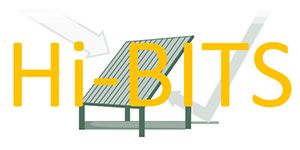
Hi-BITS
Standard CIGS solar cells use molybdenum as the back electrode and achieve 23% efficiency. However, in order to exceed this limit, thus approaching the Schockley-Queisser limit, a paradigm shift and the use of an alternative cell structure are postulated.
The aim of the Hi-BITS project is to develop a CIGS-based solar cell architecture with a transparent back electrode, which could replace molybdenum in the future.
The transparency of the electrode in the visible and near infrared range guarantees the ability to absorb sunlight from both sides of the cell, further increasing its maximum efficiency. This will also open up further applications of CIGS technology. Passivation of this contact will also reduce the thickness of the absorption layer, reducing the production cycle and material consumption.
The new cell structure will then be used in four different photovoltaic module prototypes: bifacial modules, modules with an integrated rear reflector layer, semi-transparent modules and tandem modules. The prototypes will be tested outdoors in four different locations in Europe.


Roltec's tasks under the Hi-BITS Project:
- laser structuring of prototype modules and solar cells,
- encapsulation of prototype modules,
- creation of a semi-transparent solar cell (Roltec is the leader of the task),
examining the compliance of modules with EU standards and directives (Roltec is the leader of the task).
Additionally, Roltec is responsible for preparing a report on the compliance of prototype modules with selected EU standards and regulations in the context of several selected applications, including: integrated photovoltaics in buildings (BIPV) or agrophotovoltaics.
More information on the project home page .
The Hi-BITS project in numbers:
Project partners:
- International Iberian Nanotechnology Laboratory ( INL )
- French National Center for Scientific Research ( CNRS )
- Center for Solar Energy and Hydrogen Research Baden‑W ü rttemberg ( ZSW )
- Uppsala University ( UU )
- Swiss Federal Laboratories for Materials Science and Technology ( EMPA )
- University of Luxembourg ( uni.lu )
- Catalonia Institute for Energy Research ( IREC )
- Martin Luther University Halle-Wittenberg ( MLU )
- Midsummer AB ( MIDS )
- Sunplugged – Solare Energiesysteme GmbH ( SUN )
- GreenDelta GmbH ( GDL )
- Saint Gobain Recherche ( SG )
- Avancis GmbH ( AVA )


Funded by the European Union. Program: HORIZON EUROPE ; project ID: 101122203 .
The views and opinions expressed are solely those of the author(s) and do not necessarily reflect the views of the European Union. Neither the European Union nor the awarding body can be held responsible for them.

